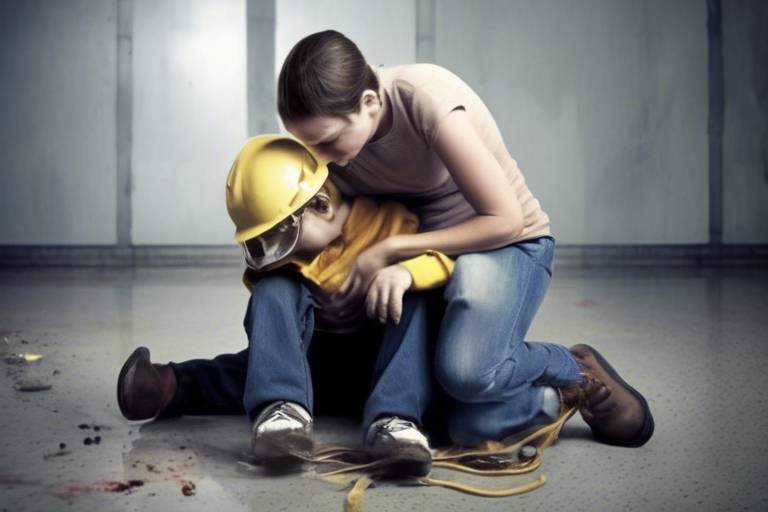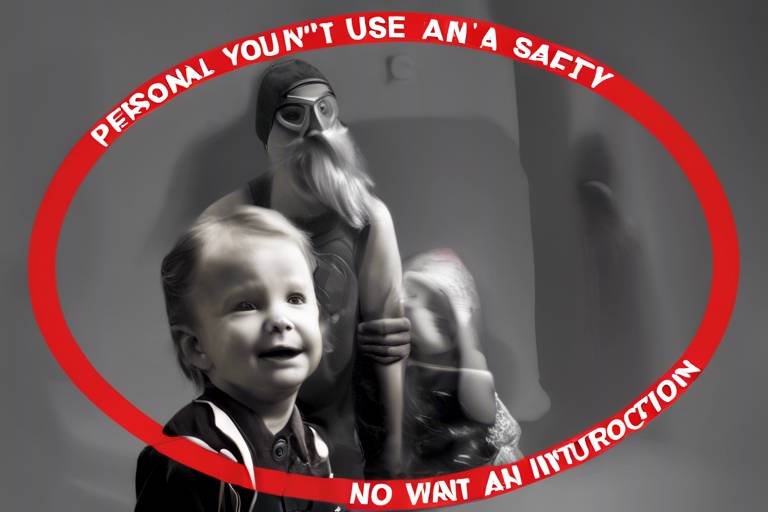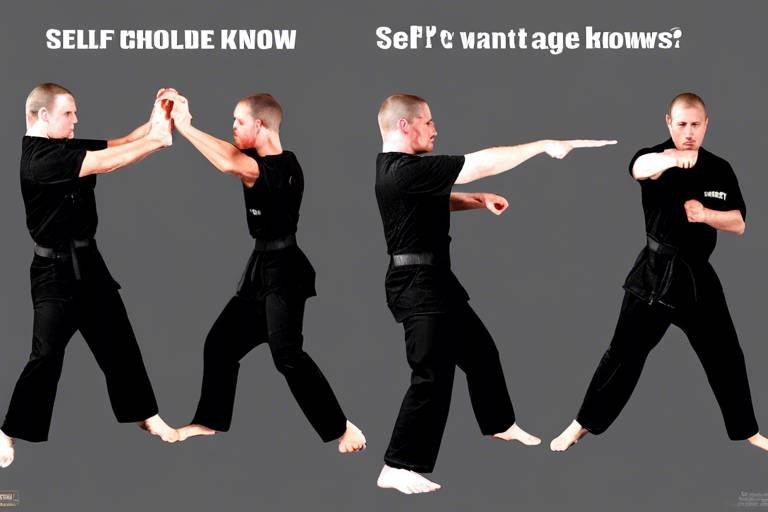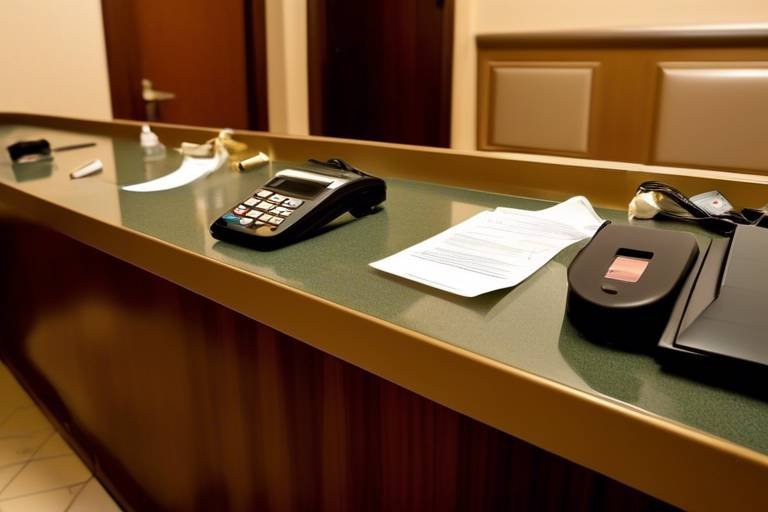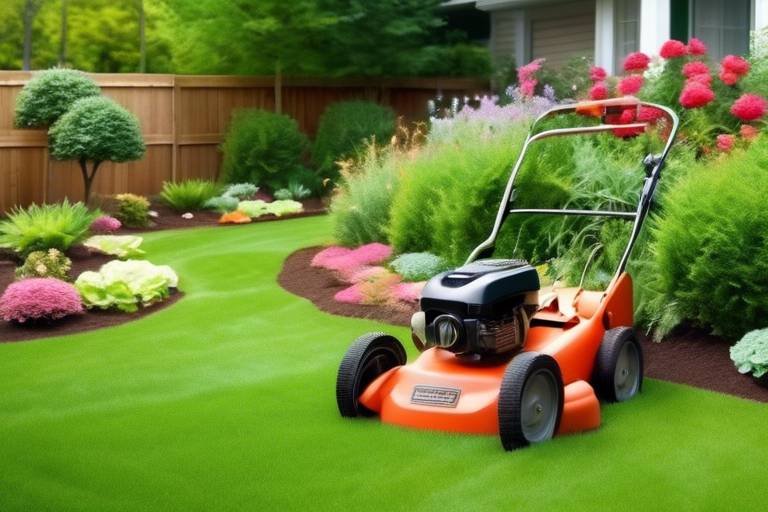Safety in Snowboarding: Essentials for Winter Sports
Snowboarding is not just a sport; it’s an exhilarating experience that brings a rush of adrenaline as you glide down the slopes. However, the thrill comes with its own set of challenges and risks. Whether you’re a seasoned pro or a newbie strapping on a board for the first time, understanding the essential safety measures can make all the difference between a memorable day on the mountain and a trip to the hospital. In this article, we will delve into crucial safety tips, gear recommendations, and techniques that can help you enjoy snowboarding while minimizing risks. After all, safety isn’t just a precaution; it’s a way to ensure that every run is as enjoyable as the last!
Snowboarding, while exhilarating, comes with inherent risks. Every year, thousands of snowboarders face injuries ranging from minor bruises to serious fractures. Common injuries include wrist fractures, ankle sprains, and concussions, often resulting from falls or collisions with other riders or obstacles. Awareness is key. Before you hit the slopes, it's important to recognize these risks and prepare accordingly. Understanding your limits, being aware of your surroundings, and staying in control can significantly reduce the likelihood of accidents. Remember, even the most experienced snowboarders can be caught off guard by unexpected conditions or other riders. So, keep your head up, stay alert, and ride smart!
Choosing the right safety gear can significantly reduce injury risks. It's not just about looking cool on the slopes; it’s about protecting yourself. Essential gear includes:
- Helmets: A must-have for every snowboarder.
- Protective Pads: Elbow, knee, and wrist pads can absorb the impact of falls.
- Appropriate Clothing: Layering is key to staying warm and mobile.
Investing in quality equipment not only enhances your safety but also boosts your confidence on the board. So, let’s dive deeper into each of these components to ensure you’re fully equipped for your snowboarding adventure.
Wearing a helmet is critical for protecting the head in case of falls or collisions. It’s your first line of defense against serious injuries. But not all helmets are created equal. When selecting a helmet, consider the following:
- Types: There are different types of helmets designed for various riding styles.
- Fit: A snug fit is essential; a helmet that’s too loose won’t protect you effectively.
- Safety Ratings: Look for certifications that ensure the helmet meets safety standards.
Investing in a good helmet is like buying insurance for your head. You wouldn’t drive a car without a seatbelt, so why snowboard without a helmet?
Selecting a helmet that fits properly is essential for effectiveness. To find your perfect fit, measure your head size and adjust the straps accordingly. A well-fitted helmet should feel comfortable but snug, without any pressure points. Remember, it’s not just about style; comfort and safety go hand in hand!
Regular maintenance of your helmet is vital for long-term safety. Keep it clean and inspect it regularly for any signs of damage. If you’ve had a significant fall, it’s wise to replace your helmet, even if it looks fine. Safety first!
In addition to helmets, protective pads and suitable clothing play a significant role in safety. Protective pads come in various forms, including:
- Knee Pads: Protect your knees during falls.
- Elbow Pads: Shield your elbows from impacts.
- Wrist Guards: Essential for preventing wrist injuries.
Moreover, wearing appropriate clothing is crucial. Layering helps you maintain warmth while allowing for flexibility and movement. The last thing you want is to feel restricted while trying to enjoy the slopes!
Proper techniques can greatly enhance safety while snowboarding. Learning how to control your speed and maintain balance is key. Start by mastering the basics:
- Learning to Fall Safely: Knowing how to fall correctly can minimize injuries. Tuck in your limbs and roll to absorb impact.
- Mastering Control and Speed: Practice turning and stopping to maintain control, especially on varied terrain.
Think of snowboarding like dancing; the more you practice your moves, the more fluid and safe you become!
Understanding weather conditions is vital for safe snowboarding. Always check the forecast before heading out. Factors such as snow quality, visibility, and temperature can significantly affect your ride. For instance, icy slopes can be treacherous, while poor visibility can lead to accidents. Be prepared to adapt your riding style based on current conditions.
Certain weather conditions can pose increased risks for snowboarders. Look out for signs of hazardous conditions, such as:
- Poor visibility due to fog or heavy snowfall.
- Icy slopes that can lead to loss of control.
- Unstable snowpack that may cause avalanches.
Stay alert and be ready to change your plans if the weather turns sour!
Snowboarding conditions can change rapidly. It’s essential to be flexible and adapt your riding style based on current weather and snow conditions. For example, if you notice that the snow is becoming slushy, you might want to adjust your speed and turning techniques. Always be prepared to adjust your approach to ensure safety on the slopes.
Q: What is the most important safety gear for snowboarding?
A: A helmet is the most crucial piece of safety gear. It protects your head from serious injuries.
Q: How can I minimize my risk of injury while snowboarding?
A: Stay aware of your surroundings, practice proper techniques, and wear appropriate safety gear.
Q: Is it necessary to wear protective pads?
A: While not mandatory, protective pads can significantly reduce the risk of injury during falls.
Q: How do I know if conditions are safe for snowboarding?
A: Always check the weather forecast and look for signs of hazardous conditions, such as icy slopes or poor visibility.
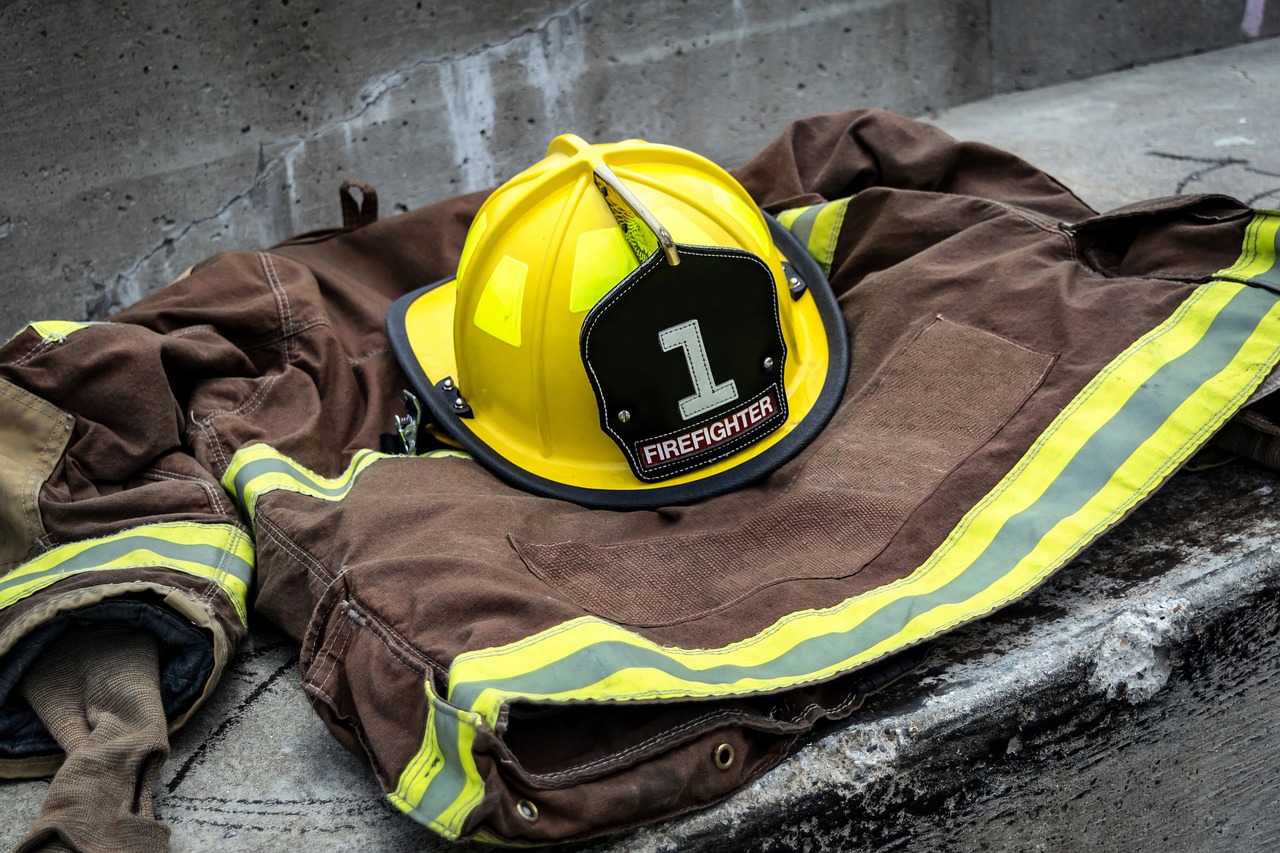
Understanding Snowboarding Risks
Snowboarding is one of those thrilling winter sports that can make your heart race and your spirit soar. However, it’s important to remember that with great excitement comes great responsibility. The slopes may seem inviting, but they also hide a variety of risks that can turn a fun day into a trip to the hospital. Understanding these risks is the first step in ensuring a safe and enjoyable snowboarding experience.
Common injuries among snowboarders can range from minor to severe. According to studies, the most frequent injuries include wrist fractures, shoulder injuries, and concussions. These injuries often result from falls, which are an inevitable part of learning to snowboard. Just like learning to ride a bike, you’re bound to take a tumble or two. However, being aware of these potential injuries can help you take the necessary precautions to minimize them.
Here are some of the most common risks associated with snowboarding:
- Falls: Falling is a natural part of snowboarding, especially for beginners. However, knowing how to fall safely can significantly reduce the risk of injury.
- Collisions: Whether it’s with other snowboarders, skiers, or even stationary objects like trees and lift towers, collisions can lead to serious injuries.
- Weather Conditions: Poor visibility and icy slopes can make snowboarding dangerous. Always check the weather before hitting the slopes.
- Inexperience: Novice snowboarders are more susceptible to accidents. Taking lessons and practicing proper techniques can help mitigate this risk.
Moreover, the terrain plays a significant role in safety. Different slopes come with varying levels of difficulty, and it’s crucial to choose runs that match your skill level. Just like a chef wouldn’t use a blowtorch to toast marshmallows, you shouldn’t attempt advanced runs until you’ve mastered the basics. Always be honest about your abilities and don’t be afraid to stick to easier trails while you build your confidence.
Another critical aspect of snowboarding safety is the importance of being aware of your surroundings. Always look out for other riders and be cautious of your speed. Just because you feel invincible on your board doesn’t mean others do. Keeping your head on a swivel can help you avoid unexpected collisions and navigate the slopes more safely.
In conclusion, understanding the risks involved in snowboarding is essential for anyone looking to enjoy this exhilarating sport. By being aware of common injuries, recognizing hazardous conditions, and respecting your own skill level, you can significantly reduce the risks and enhance your overall experience on the slopes. Remember, safety first means more fun later!
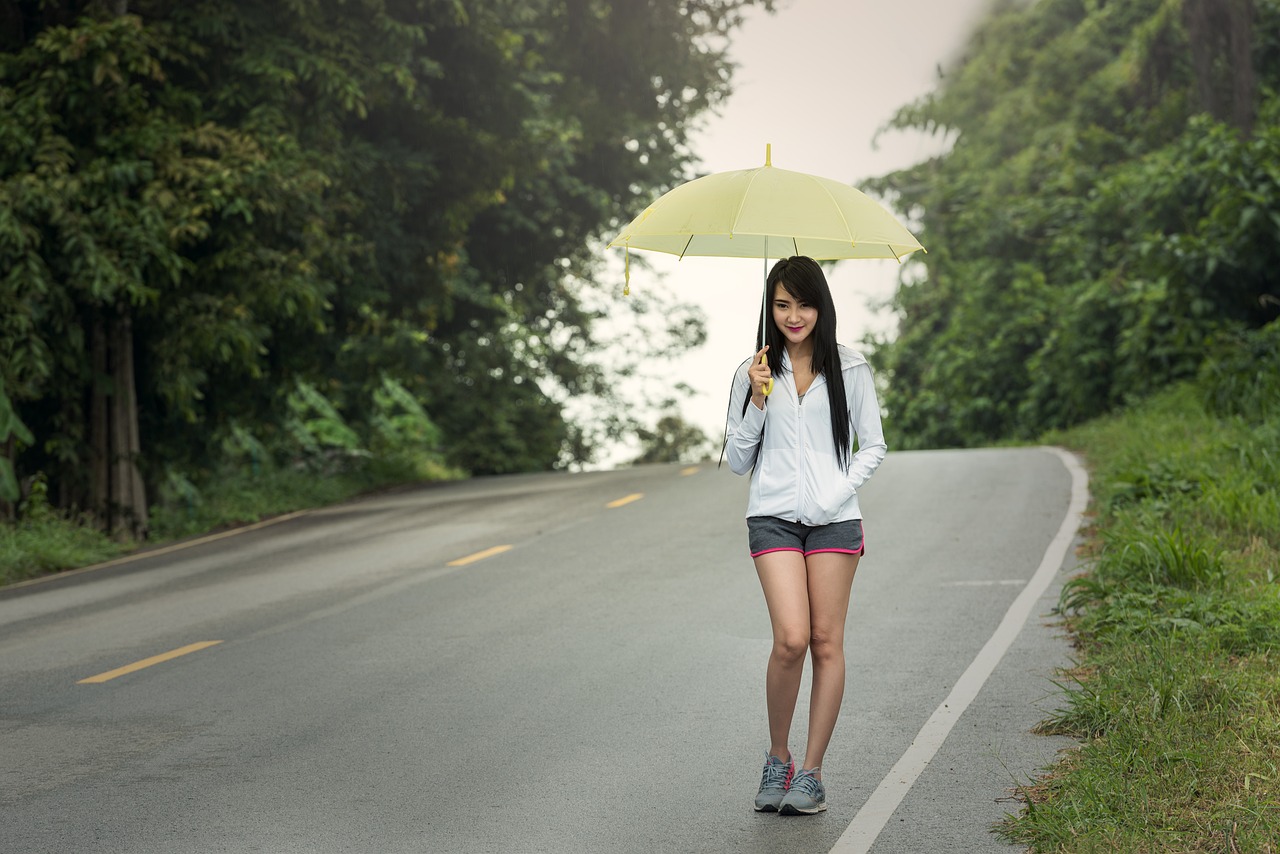
Essential Safety Gear
When it comes to snowboarding, safety should always be your top priority. The thrill of carving down a slope can be exhilarating, but without the right safety gear, you could find yourself in a precarious situation. Think of your safety gear as your armor against the unpredictable nature of winter sports. Just like a knight wouldn’t go into battle without their shield, you shouldn’t hit the slopes without the proper equipment. So, what do you need to stay safe while enjoying the ride?
First and foremost, a helmet is non-negotiable. It’s your first line of defense against head injuries, which can be serious. Look for helmets that meet safety standards, and don’t skimp on fit. A helmet that’s too loose or too tight won’t provide the protection you need. Remember, it’s not just about looking cool; it’s about keeping your noggin intact!
In addition to helmets, protective pads are crucial. These include wrist guards, knee pads, and tailbone pads, all designed to absorb impact and reduce the risk of injuries. You might think, “I’m a pro; I don’t need those!” But even the most experienced riders can take a tumble. Wearing pads can mean the difference between a minor bruise and a major injury.
Now, let's talk about clothing. It’s not just about style; it’s about functionality. Layering is key to staying warm while maintaining mobility. Start with a moisture-wicking base layer to keep sweat away from your body, add an insulating layer for warmth, and finish with a waterproof outer layer to protect against the elements. Each layer plays a role, just like the layers of an onion—remove one, and you could be left with a soggy mess!
To give you a clearer picture of what to consider, here’s a quick breakdown in the form of a table:
| Safety Gear | Purpose |
|---|---|
| Helmet | Protects your head from impacts |
| Wrist Guards | Prevents wrist injuries during falls |
| Knee Pads | Absorbs impact and protects knees |
| Tailbone Pads | Reduces pain from falls on your backside |
| Layered Clothing | Keeps you warm and dry |
Finally, don’t forget about goggles. Visibility is crucial when you’re speeding down the mountain, and good goggles can protect your eyes from the sun’s glare and flying snow. Choose a pair that fits well and offers UV protection to keep your vision sharp and your eyes safe.
In summary, investing in the right safety gear is essential for any snowboarder, whether you’re a beginner or a seasoned pro. It’s about enhancing your experience while minimizing risks. So, gear up, stay safe, and enjoy the thrill of snowboarding!
Q: Do I really need to wear a helmet while snowboarding?
A: Absolutely! A helmet is crucial for protecting your head from injuries. It’s a simple measure that can save your life.
Q: What type of clothing should I wear for snowboarding?
A: Layering is key! Start with a moisture-wicking base layer, add insulation, and finish with a waterproof outer layer. This keeps you warm and dry while allowing for mobility.
Q: Are wrist guards necessary?
A: Yes, wrist guards can prevent serious injuries during falls, which are common in snowboarding.
Q: How often should I replace my helmet?
A: You should replace your helmet every few years or immediately after a significant impact. Regularly inspect it for any signs of damage.
Q: Can I use regular ski goggles for snowboarding?
A: Yes, but make sure they fit well and provide adequate UV protection and anti-fog features to ensure clear visibility.
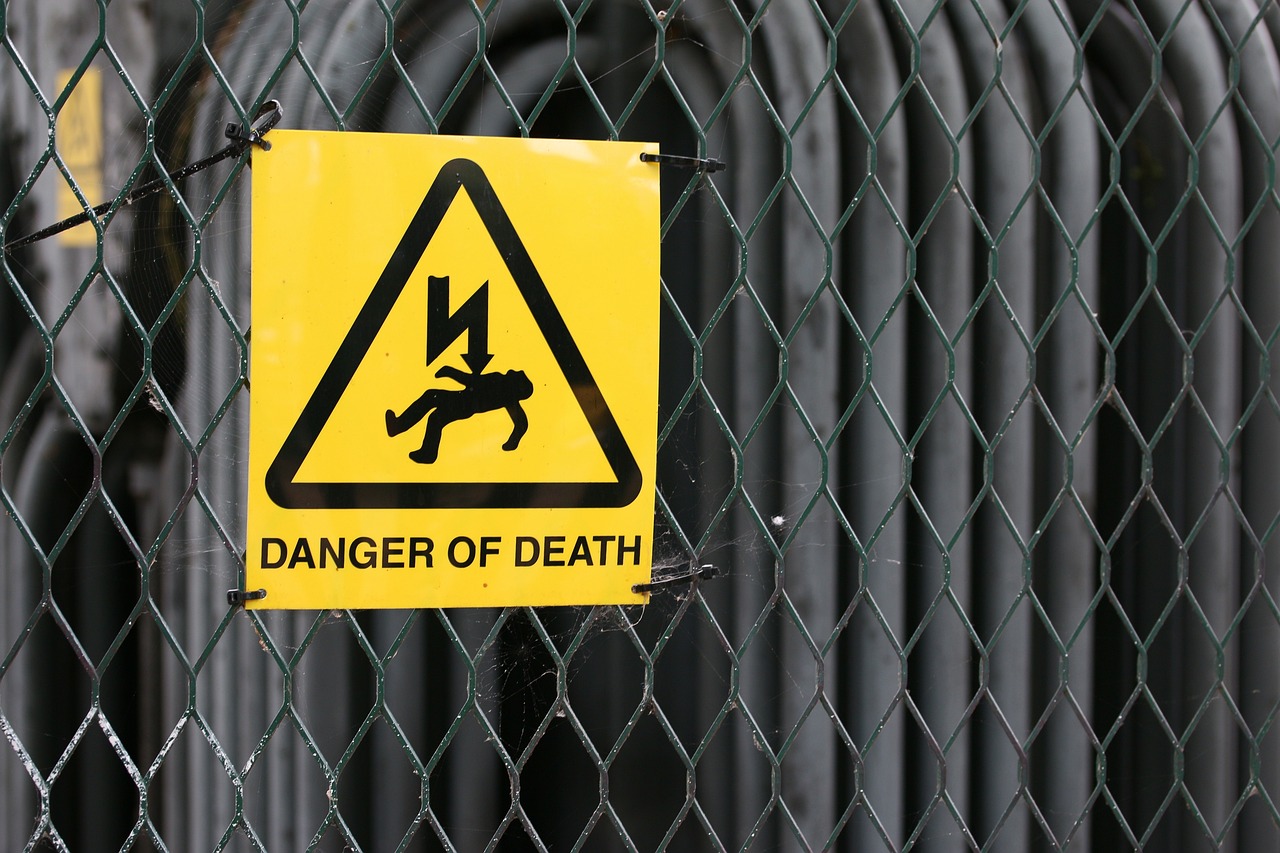
Helmets: A Non-Negotiable
When it comes to snowboarding, wearing a helmet is not just a good idea—it's a non-negotiable safety measure. Imagine soaring down a snow-covered slope, the wind in your face, and the thrill of the ride coursing through your veins. Now, picture losing control and tumbling headfirst. Scary, right? A helmet can be the difference between a minor bump and a serious injury. It's your best friend on the slopes, protecting your most valuable asset: your brain.
There are various types of helmets available, each designed to cater to different riding styles and preferences. Whether you’re a seasoned pro or a newbie, selecting the right helmet can significantly impact your safety. Helmets come with different features such as ventilation, ear protection, and even audio systems. It’s essential to choose one that not only fits well but also meets safety standards. Look for certifications like ASTM or CE to ensure your helmet can withstand impacts.
But how do you know if a helmet fits properly? A helmet should feel snug but not too tight. You should be able to adjust the straps comfortably without any pinching. Here are a few tips to ensure a perfect fit:
- Measure your head: Use a soft measuring tape to find the circumference of your head, just above your eyebrows.
- Adjust the straps: Make sure the chin strap is snug but allows you to open your mouth comfortably.
- Check for movement: When you shake your head, the helmet should stay in place without wobbling.
Once you’ve found the perfect helmet, maintaining it is equally crucial. Regular checks can help ensure your helmet remains in top condition. Here are a few maintenance tips:
- Cleaning: Use mild soap and water to clean the exterior and interior. Avoid harsh chemicals that could damage the material.
- Inspection: Regularly check for dents, cracks, or any signs of wear. If you notice any damage, it’s time for a replacement.
- Replacement: Helmets should be replaced every few seasons, especially if they've been involved in any significant impacts.
Remember, snowboarding is all about having fun, but safety should always come first. Investing in a quality helmet and taking care of it will allow you to enjoy your time on the slopes without the looming fear of injury. So, gear up, strap on that helmet, and hit the slopes with confidence!
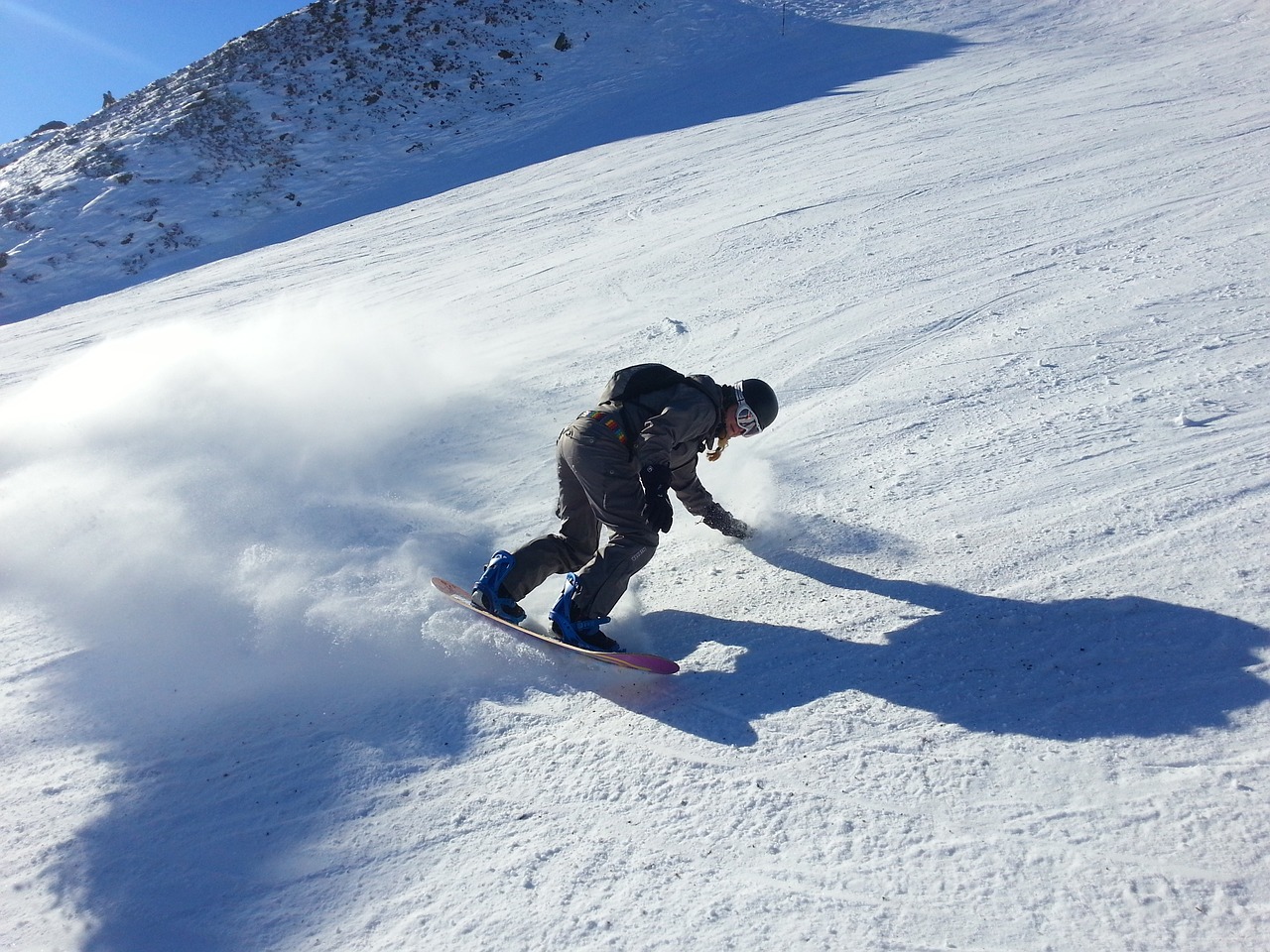
Choosing the Right Helmet
When it comes to snowboarding, choosing the right helmet is not just about style; it's a matter of safety that can significantly impact your experience on the slopes. A helmet that fits well can mean the difference between a minor bump and a serious injury. So, how do you select the perfect helmet? First, you need to measure your head size accurately. Use a soft measuring tape and wrap it around the widest part of your head, just above your ears. This measurement will help you find the right size based on the manufacturer's sizing chart, which is typically found on their website or the helmet's packaging.
Next, once you have the right size, it’s crucial to adjust the straps properly. A well-fitted helmet should sit snugly on your head without being overly tight. You should be able to fit a finger between your chin and the strap, but not much more. Remember, a helmet that moves around while you ride is not doing its job. Additionally, consider the type of helmet you want. There are various styles available, including full-shell, half-shell, and hybrid designs. Each offers different levels of coverage and protection, so think about your riding style and the types of terrain you’ll be tackling.
It's also important to check for safety ratings. Look for certifications such as ASTM F2040 or CE EN 1077. These ratings indicate that the helmet has passed rigorous safety tests. Investing in a helmet with these certifications can provide peace of mind as you carve your way down the mountain. Don’t forget to try it on! A helmet may look great on the shelf, but it needs to feel comfortable on your head. Wear it for a few minutes in the store to ensure it doesn’t create pressure points, and if possible, test it with your goggles to ensure they fit well together.
Lastly, keep in mind that helmets are not designed to last forever. Regularly inspect your helmet for any signs of wear and tear, such as cracks or dents. If you’ve had a significant impact, it’s best to replace it, even if it looks fine on the outside. Remember, your safety is paramount, and a reliable helmet is your first line of defense against potential injuries.
- How do I know if my helmet fits correctly? A properly fitting helmet should feel snug but not overly tight. You should be able to shake your head without the helmet moving around.
- What should I do if I fall while snowboarding? If you fall, assess yourself for any injuries. If you're feeling fine, get back up and ride. If you feel any pain or discomfort, seek medical attention.
- How often should I replace my helmet? It's recommended to replace your helmet every 3-5 years or immediately after a significant impact.
- Can I use a bike helmet for snowboarding? While a bike helmet may provide some protection, it's not designed for the specific impacts associated with snowboarding. Always opt for a helmet specifically rated for snow sports.
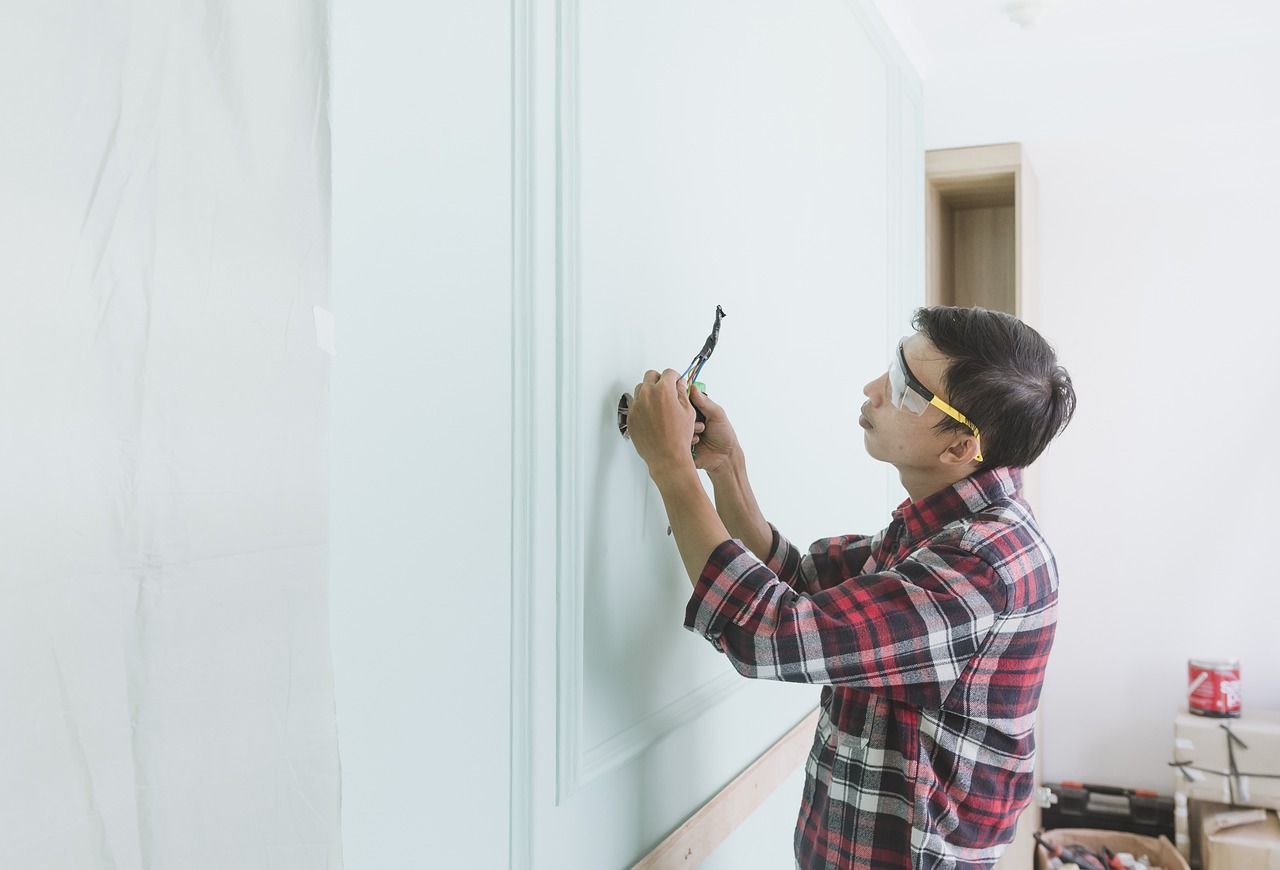
Maintaining Your Helmet
When it comes to snowboarding, your helmet is your best friend on the slopes. But just like any good friend, it requires a little TLC to keep it in top shape. Regular maintenance of your helmet is vital for long-term safety, ensuring that it continues to protect you effectively. First and foremost, it’s essential to clean your helmet after each use. Snow and sweat can accumulate, potentially leading to unpleasant odors or even mold growth. A simple solution of mild soap and water will do wonders. Just remember to avoid harsh chemicals, as they can degrade the materials.
Next, inspect your helmet for any signs of damage. Look for cracks, dents, or any deformities that might compromise its integrity. If you find any significant damage, it’s time to replace your helmet—no ifs, ands, or buts about it! Even minor scratches can weaken the structure, so don’t take any chances. Additionally, it’s a good practice to check the straps and buckles regularly. They should be functioning smoothly and securely to ensure that your helmet stays in place during those thrilling rides.
Now, let’s talk about storage. When you’re not out shredding the slopes, store your helmet in a cool, dry place away from direct sunlight. Prolonged exposure to UV rays can weaken the materials, leading to a shorter lifespan. If you’re traveling, consider using a padded bag to protect it from bumps and scrapes. It’s like putting your helmet in a cozy little bed, ready for its next adventure!
Finally, keep in mind that helmets have a lifespan. Most manufacturers recommend replacing your helmet every 3 to 5 years, even if it looks fine. This is because the materials can degrade over time, reducing their effectiveness. So, make it a habit to check the manufacturing date and plan for a replacement when the time comes. By following these maintenance tips, you’ll ensure that your helmet remains a reliable guardian, allowing you to focus on enjoying the thrill of snowboarding without unnecessary worries.
- How often should I replace my helmet? It's recommended to replace your helmet every 3 to 5 years, even if it appears undamaged.
- Can I use any cleaning product on my helmet? No, avoid harsh chemicals. Use mild soap and water for cleaning.
- What should I do if my helmet has a crack? If you notice any cracks or significant damage, replace the helmet immediately for safety.
- How do I store my helmet properly? Store it in a cool, dry place away from direct sunlight, and consider using a padded bag when traveling.
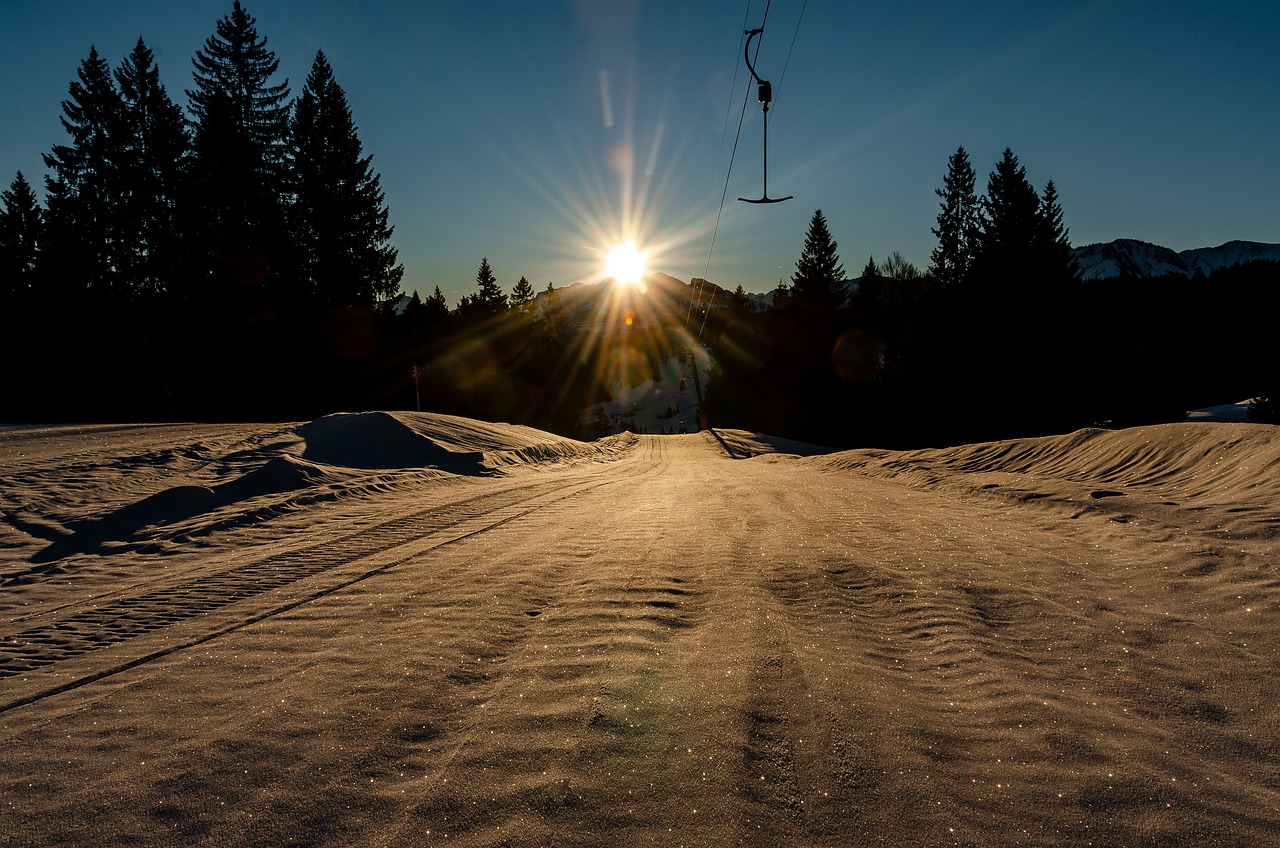
Protective Pads and Clothing
When it comes to snowboarding safety, protective pads and appropriate clothing are just as crucial as wearing a helmet. Think of it as building a fortress around yourself; each piece of gear adds another layer of protection against the unpredictable elements of the slopes. Snowboarding can be a thrilling adventure, but without the right gear, it can also lead to serious injuries. So, let’s dive into the essential protective pads and clothing you should consider to ensure a safer experience.
First off, let’s talk about protective pads. These are designed to shield your body from impact during falls or collisions. The most common types include wrist guards, knee pads, and tailbone pads. Each of these plays a vital role in protecting vulnerable areas of your body:
- Wrist Guards: These are essential for preventing wrist fractures, which are common among snowboarders. They provide support and stability, allowing you to fall without the fear of injuring your wrists.
- Knee Pads: Snowboarding can put a lot of strain on your knees, especially during jumps or hard landings. Knee pads help absorb shock and reduce the risk of knee injuries.
- Tailbone Pads: Falling on your backside can be painful! Tailbone pads help cushion your fall and prevent bruising or fractures.
Now, let’s not forget about clothing. The right attire is not just about staying warm; it’s about mobility and safety too. Layering is key here. Start with a moisture-wicking base layer to keep sweat away from your skin, add an insulating layer for warmth, and finish with a waterproof outer layer to protect against snow and wind. Here’s a quick breakdown of what to wear:
| Layer | Description |
|---|---|
| Base Layer | Moisture-wicking fabric that keeps you dry and warm. |
| Insulating Layer | Fleece or down jackets that trap heat and keep you cozy. |
| Outer Layer | Waterproof and breathable jackets and pants to shield against the elements. |
Additionally, consider investing in snowboard-specific clothing. These garments often come with built-in features like reinforced seams and extra padding in vulnerable areas. They are designed to withstand the rigors of snowboarding while providing maximum comfort and flexibility.
Finally, don’t overlook the importance of gloves and socks. Insulated gloves will keep your hands warm and functional, allowing you to grip your snowboard securely. As for socks, opt for ones made from moisture-wicking materials that provide cushioning and warmth without bulkiness. Remember, cold toes can ruin a day on the slopes!
In conclusion, the right protective pads and clothing are essential components of a safe snowboarding experience. They not only protect you from injuries but also enhance your comfort and enjoyment on the slopes. So, gear up, stay safe, and enjoy the thrill of snowboarding!
Q: Do I really need protective pads if I wear a helmet?
A: Yes! While a helmet protects your head, protective pads safeguard other vulnerable areas like your wrists, knees, and tailbone. They work together to minimize the risk of injury.
Q: What type of clothing is best for snowboarding?
A: Look for moisture-wicking base layers, insulating middle layers, and waterproof outer layers. Snowboard-specific clothing is also recommended for better protection and flexibility.
Q: How can I ensure my protective gear fits properly?
A: Always try on gear before purchasing. For helmets, ensure a snug fit without pressure points. For pads, they should stay in place without sliding around during movement.

Snowboarding Techniques for Safety
When it comes to snowboarding, mastering the right techniques is not just about looking cool on the slopes—it's a crucial aspect of keeping yourself safe. Think of it like learning to ride a bike; the more you practice, the more confident and in control you become. You wouldn't hop on a bike without knowing how to brake, right? The same principle applies to snowboarding. So, let’s dive into some essential techniques that can help you maintain control and reduce the likelihood of accidents.
First off, one of the most important skills to develop is the ability to fall safely. While it may sound counterintuitive, knowing how to fall can significantly decrease your chances of injury. When you feel yourself losing balance, try to keep your limbs relaxed. Instead of bracing for impact with your arms, which can lead to wrist injuries, aim to roll onto your shoulder and back. This technique helps distribute the force of the fall over a larger area, reducing the risk of serious injury. Remember, falling is part of the learning process, and the right technique can make all the difference.
Next, let’s talk about maintaining control and managing speed. When you're flying down the slopes, it can be tempting to go full throttle, but speed can be a double-edged sword. It’s essential to practice your turns and stops effectively. For instance, when you want to slow down, try making wide, sweeping turns rather than coming to an abrupt stop. This method not only helps you maintain control but also makes it easier to navigate around other riders and obstacles. The key is to stay aware of your surroundings; keep your head up and your eyes on the path ahead. You’ll be amazed at how much more enjoyable your ride becomes when you’re in control.
Now, let’s break down some techniques that can help you stay safe on varied terrain. Snowboarding is not just about flat slopes; you’ll encounter bumps, trees, and even jumps. When approaching a bump or a jump, ensure that your knees are slightly bent, and your weight is centered over your board. This stance will help you absorb the impact and maintain balance as you land. If you find yourself riding in powder, keep your knees flexed and your weight distributed evenly to prevent your board from sinking too deep. These adjustments may seem small, but they can significantly enhance your stability and safety on the slopes.
It's also crucial to practice defensive riding. This means being aware of other snowboarders and skiers around you. Always assume that others might not see you, and be prepared to react. If you notice someone coming up behind you, give them space and avoid sudden movements. Use hand signals to communicate with your friends on the slopes, and always look ahead for potential hazards. By being proactive, you can help prevent accidents before they happen.
In summary, the techniques you employ while snowboarding can make a world of difference in ensuring your safety. From learning how to fall safely to maintaining control and being aware of your surroundings, these skills are essential for every snowboarder. Remember, practice makes perfect, and the more you hone these techniques, the more confident and secure you will feel on the slopes. So, gear up, hit the snow, and enjoy the ride!
- What should I do if I fall while snowboarding? Try to relax your body and roll onto your shoulder to absorb the impact. Avoid bracing with your arms.
- How can I improve my control while snowboarding? Practice making wide turns and gradually increase your speed as you gain confidence.
- What should I wear for snowboarding? Wear layers to keep warm, and don’t forget protective gear like helmets and pads.
- Are there specific techniques for riding in powder? Yes, keep your knees bent and weight evenly distributed to prevent sinking.

Learning to Fall Safely
When it comes to snowboarding, one of the most crucial skills you can develop is the ability to fall safely. Believe it or not, falling is a natural part of the learning process, and knowing how to do it correctly can mean the difference between a minor tumble and a serious injury. Imagine you're cruising down the slopes, feeling the rush of cold air on your face, and suddenly you lose your balance. Instead of bracing for impact like a ragdoll, you can take control of the situation and minimize your risk of injury.
First and foremost, the key to falling safely lies in body positioning. When you feel yourself starting to go down, try to relax your body. Tensing up can lead to more severe injuries. Instead, as you begin to fall, aim to roll onto your side rather than landing flat on your back or front. This technique helps distribute the impact across a larger area of your body, reducing the chance of injury. Think of it as a controlled roll, similar to how a stuntman would fall in a movie—graceful and calculated!
Another essential tip is to protect your head and limbs during a fall. Tuck your chin to your chest to avoid hitting your head and use your arms to shield your body. However, avoid using your hands to break your fall directly, as this can lead to wrist injuries. Instead, consider using your forearms to absorb some of the impact. It’s like a well-rehearsed dance move; you need to know your steps to avoid a misstep!
Here are some additional techniques to keep in mind when learning to fall safely:
- Practice Falling: Before hitting the slopes, practice falling in a safe environment. This could be on soft grass or even on a trampoline. The more familiar you are with the motions, the more instinctive they will become when you’re on the snow.
- Stay Aware of Your Surroundings: Always be conscious of other snowboarders and skiers around you. This awareness can help you avoid collisions that could lead to more dangerous falls.
- Take Breaks: Fatigue can lead to poor balance and increased risk of falling. Regular breaks will help you stay alert and in control.
Lastly, remember that falling is part of the journey in snowboarding. Each time you fall and get back up, you’re not just improving your skills; you’re also building resilience. Embrace the falls as learning experiences, and soon enough, you’ll find yourself gliding down the slopes with confidence. So, the next time you feel that familiar wobble, just remember: falling safely is an art form, and you’re the artist!
Q: What should I do if I fall and feel pain?
A: If you fall and experience pain, it’s essential to stop and assess your condition. If the pain persists or worsens, seek medical attention to prevent further injury.
Q: Is it normal to fall a lot when learning to snowboard?
A: Yes, falling is a normal part of the learning process in snowboarding. With practice, you’ll learn how to fall safely and minimize the risk of injury.
Q: How can I improve my balance to prevent falls?
A: Improving your balance can be achieved through exercises such as yoga, pilates, and strength training. These activities enhance core stability and overall body control.
Q: Should I wear protective gear while learning to fall?
A: Absolutely! Wearing protective gear like wrist guards, knee pads, and helmets can significantly reduce the risk of injury when you fall.
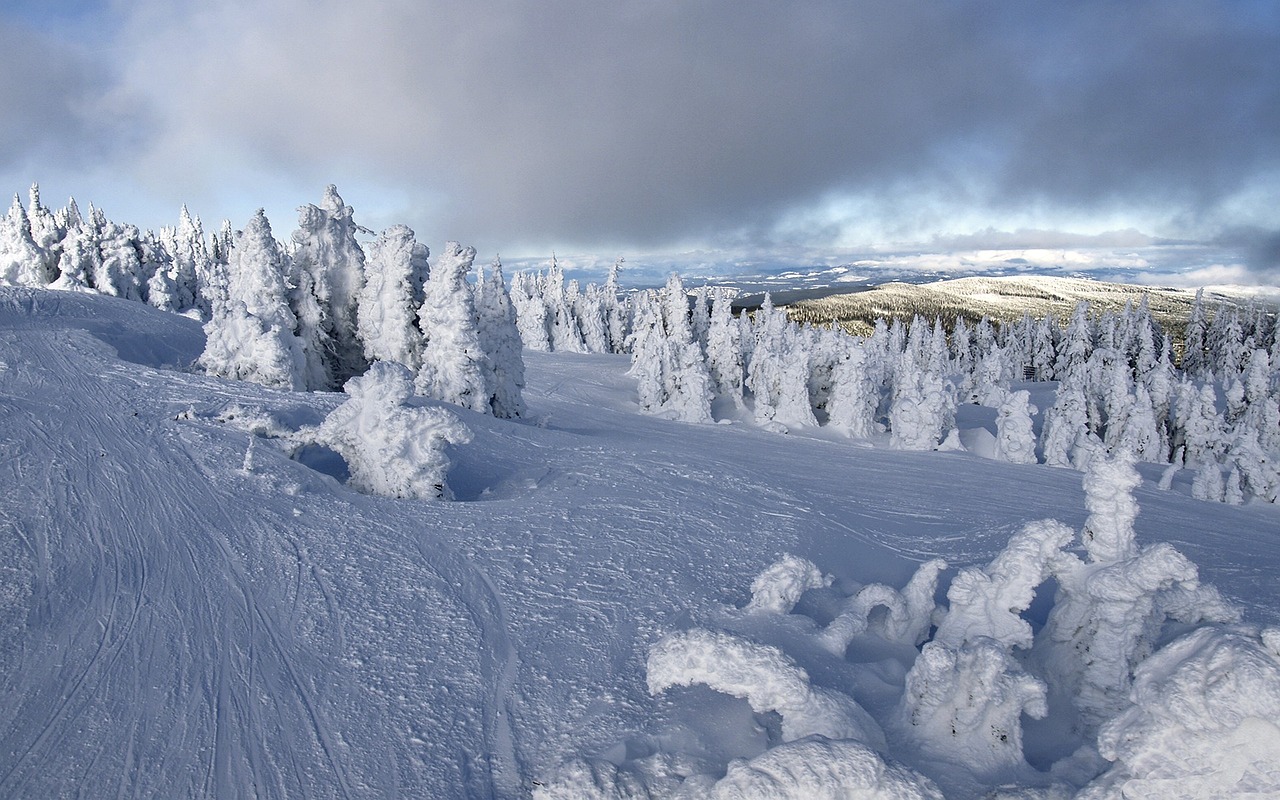
Mastering Control and Speed
When it comes to snowboarding, mastering control and speed is like learning the dance of the slopes. Imagine yourself gliding down a beautiful, powdery hill, feeling the rush of cold air against your face. But wait! All that exhilaration can turn into a nightmare if you don’t know how to manage your speed and maintain control. So, how do you find that perfect balance between flying down the mountain and staying upright? Let’s dive into some essential techniques that will help you stay in command while enjoying the thrill of snowboarding.
First off, understanding your body position is crucial. Your stance can significantly affect your control. Keep your knees slightly bent, shoulders aligned with your board, and your weight centered. This stance allows you to react quickly to changes in terrain. Think of it as being a coiled spring—ready to absorb shocks and respond to the mountain's whims. When you're in this position, you're not just a rider; you're a part of the snow, flowing with its curves and dips.
Next, let’s talk about turning techniques. Mastering turns is vital for controlling your speed. There are two main types of turns: heel-side and toe-side. When making a heel-side turn, shift your weight back onto your heels while leaning slightly back. This will help you carve into the snow, slowing you down naturally. Conversely, for toe-side turns, lean forward onto your toes, keeping your knees bent and your body low. This will help you cut through the snow and maintain speed when needed. The key is to practice these turns until they become second nature; this way, you can navigate the slopes smoothly and safely.
Additionally, speed management is paramount. It’s all about knowing when to accelerate and when to ease off. One effective technique is to use your edges. When you want to slow down, dig the edge of your board into the snow. This method not only helps in reducing speed but also improves your control. Think of it as steering a car; you wouldn’t want to take a sharp turn too fast, right? The same principle applies here. If you feel you’re going too fast, don’t panic! Just shift your weight back and engage your edges.
Moreover, practicing dynamic balance can enhance your control. As you ride, constantly adjust your weight distribution to respond to the terrain. If you encounter a bump or a dip, lean into it slightly to maintain balance. This is akin to riding a wave; you have to feel the rhythm and adjust your body accordingly. The more you practice, the more intuitive these movements will become, allowing you to ride with confidence.
Finally, always keep an eye on your surroundings. Being aware of other snowboarders and skiers around you is vital for maintaining control. If you spot someone ahead, adjust your speed and trajectory to avoid collisions. Think of it as playing a game of chess; you need to anticipate your next move while considering the actions of those around you. By staying alert and making quick decisions, you can navigate the slopes safely and enjoyably.
In conclusion, mastering control and speed in snowboarding is about more than just technique; it’s about building a strong connection between you and the mountain. By understanding body positioning, refining your turning skills, managing your speed with precision, practicing dynamic balance, and staying aware of your surroundings, you’ll not only enhance your riding experience but also ensure your safety. So, gear up, hit the slopes, and let the mountain be your playground!
- What is the best way to improve my control while snowboarding? Practice turning techniques and focus on your body positioning to enhance your control.
- How can I manage my speed effectively? Use your edges to slow down and maintain awareness of your surroundings to avoid collisions.
- Is it necessary to take lessons to master control and speed? While lessons can be beneficial, consistent practice and honing your skills on the slopes can also lead to improvement.
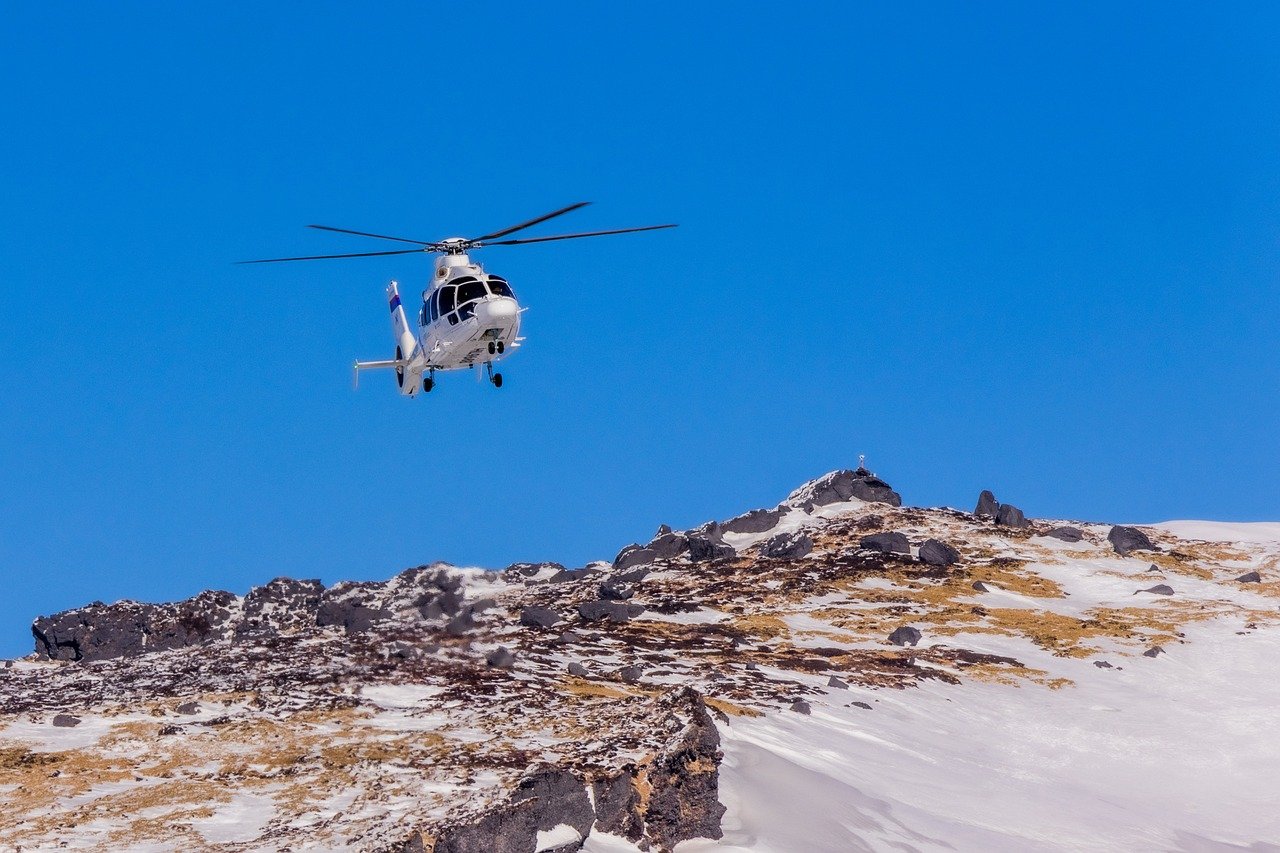
Weather Awareness and Conditions
When it comes to snowboarding, understanding the weather conditions is just as crucial as mastering your technique. Imagine gearing up for an exhilarating day on the slopes, only to find that the weather has turned against you. Snowboarding in poor conditions can lead to a host of problems, from reduced visibility to dangerous icy patches. Therefore, it’s essential to assess the weather before you even strap on your board.
First off, let’s talk about snow quality. The type of snow can greatly affect your ride. For instance, powder snow is often a snowboarder's dream, providing a soft landing and smooth turns. However, if the snow is too wet or slushy, it can slow you down and make maneuvering difficult. On the other hand, icy conditions can create a slippery slope, increasing the risk of falls and injuries. Always check the snow report before heading out; many ski resorts provide real-time updates on snow conditions that can help you prepare.
Next, visibility is another critical factor. Fog, heavy snowfall, or even bright sunlight can impair your ability to see where you're going. You might think you can handle it, but poor visibility can lead to dangerous situations, such as colliding with other riders or obstacles. If you find yourself in low visibility conditions, it’s wise to take a break and wait for the weather to improve. Remember, there’s no rush when it comes to safety!
Temperature is also a key player in your snowboarding experience. Not only does it affect your comfort level, but it can also influence the snow conditions. For example, warmer temperatures can lead to melting and refreezing, creating ice patches that are tricky to navigate. Conversely, extremely cold temperatures can lead to brittle snow that may not hold your weight. Always dress appropriately for the weather; layering is your best friend when it comes to staying warm and dry.
To help you keep track of these important factors, consider the following table that outlines the ideal conditions for snowboarding:
| Condition | Ideal Range | Notes |
|---|---|---|
| Snow Quality | Powder | Soft, fluffy snow provides the best riding experience. |
| Visibility | Clear to Partly Cloudy | Good visibility is essential for safety. |
| Temperature | 20°F to 30°F (-6°C to -1°C) | Comfortable for riding without excessive gear. |
Lastly, weather conditions can change rapidly in the mountains. What starts as a sunny day can quickly turn into a snowstorm. Therefore, always be prepared to adapt your riding style. If you notice the weather worsening, consider heading to lower elevations or taking a break until conditions improve. Staying alert and aware of your surroundings can make all the difference between a fun day on the slopes and a dangerous situation.
- What should I do if the weather changes suddenly while I'm snowboarding?
If conditions worsen, find a safe place to stop and assess the situation. Consider returning to the lodge or seeking shelter until the weather improves.
- How can I prepare for varying weather conditions?
Layer your clothing, check weather reports regularly, and always pack extra gear, such as gloves and goggles, for changing conditions.
- Are there specific weather apps for snowboarders?
Yes! There are several apps designed for snow sports enthusiasts that provide real-time weather updates and snow reports.
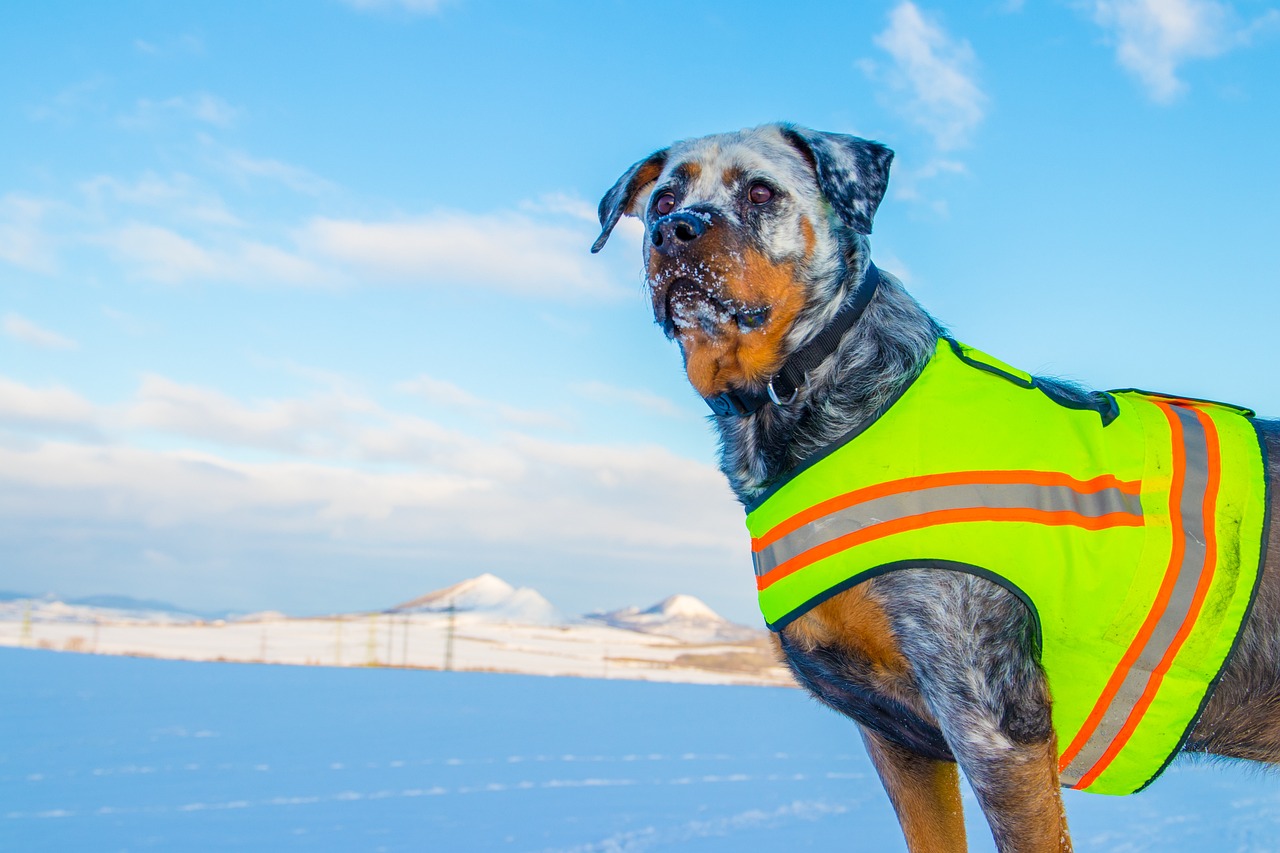
Recognizing Hazardous Conditions
When you're out on the slopes, having a keen eye for hazardous conditions can mean the difference between an exhilarating day of snowboarding and an unexpected trip to the first aid station. The snowboarding environment can change rapidly, and being aware of these changes is crucial for your safety. It's not just about enjoying the ride; it's about ensuring you can ride another day!
One of the most significant hazards comes from the snow itself. Icy slopes can be particularly treacherous, as they increase the likelihood of losing control. If you notice a shiny, glass-like surface, it’s a clear sign to slow down and proceed with caution. On the other hand, heavy snowfall can lead to poor visibility and create a risk of avalanches, especially in backcountry areas. It's essential to check the weather forecast before heading out and to be aware of any warnings issued by local ski patrols.
Additionally, poor visibility can arise from fog, snow, or even the glaring sun reflecting off the snow. If you find yourself squinting to see the trail ahead, it might be time to call it a day or at least take a break until conditions improve. Remember, visibility is key to spotting potential dangers, including other riders, trees, or obstacles on the slope.
Another factor to consider is the temperature. Extreme cold can lead to frostbite or hypothermia, while warm temperatures can cause the snow to become slushy and unstable. It’s important to dress appropriately and to keep an eye on the temperature throughout the day. If the snow starts to feel heavy and sticky, it’s a sign that conditions are changing, and you may need to adjust your riding style accordingly.
In summary, being aware of hazardous conditions is an essential part of snowboarding safety. Here’s a quick recap of what to watch out for:
- Icy Slopes: Look for shiny surfaces and reduce speed.
- Heavy Snowfall: Be cautious of visibility and avalanche risks.
- Poor Visibility: If you can’t see clearly, consider taking a break.
- Temperature Changes: Dress appropriately and adjust your riding style.
By keeping these factors in mind, you can enhance your safety and enjoy a more thrilling snowboarding experience. Always remember, it's better to be safe than sorry!
- What should I do if I encounter icy slopes?
Reduce your speed and maintain control. If conditions are too dangerous, consider stopping or heading to a safer area. - How can I tell if visibility is too poor to snowboard?
If you find it difficult to see other riders or obstacles, it's best to take a break until conditions improve. - What temperature is considered too cold for snowboarding?
While it varies by person, temperatures below -10°C (14°F) can pose risks for frostbite. Always dress in layers and stay warm.
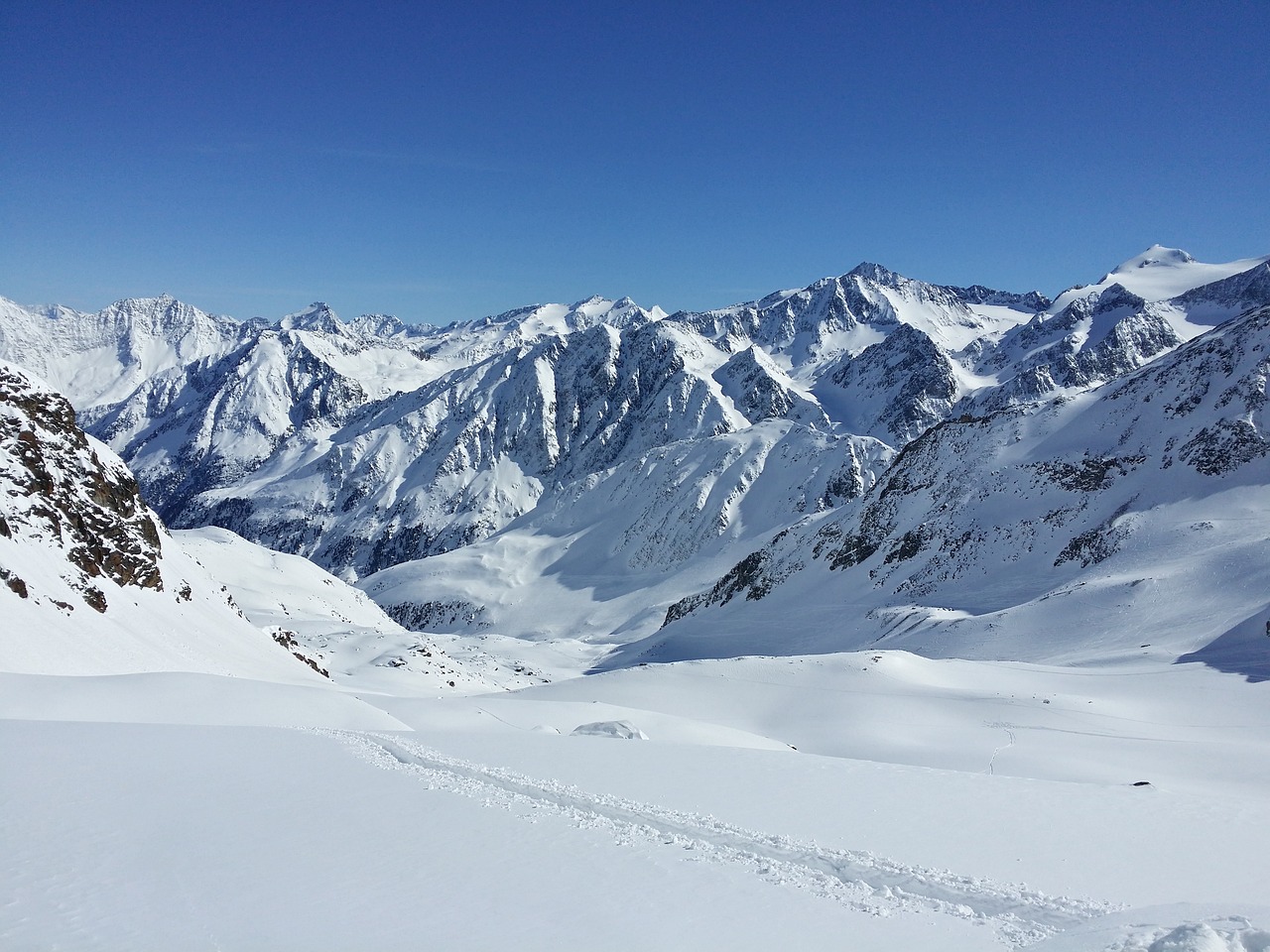
Adapting to Changing Conditions
Snowboarding is not just about carving down the slopes; it's about being in tune with the ever-changing environment around you. The weather can shift in an instant, transforming a sunny day into a blustery snowstorm, or turning soft powder into treacherous ice. As a snowboarder, you need to be ready to adapt your style and techniques to these changing conditions. But how do you do that? Well, it all starts with awareness and preparation.
First and foremost, always check the weather forecast before you hit the slopes. This will give you a heads-up on what to expect. But remember, forecasts can be deceiving. You might arrive to find conditions are different from what was predicted. For instance, if you notice dark clouds rolling in or the wind picking up, it might be time to reconsider your plans. If you're already on the mountain and conditions change, it’s crucial to be aware of your surroundings. Look for signs of icy patches, which can be more prevalent in shaded areas or after a temperature drop.
When it comes to adapting your riding style, consider the following:
- Adjust Your Speed: In icy conditions, you’ll want to slow down. Speed can make it harder to control your board and increase the likelihood of falls. Conversely, if the snow is soft and fluffy, feel free to pick up the pace!
- Modify Your Turns: On hard-packed snow, make shorter, more controlled turns. This will help maintain your balance and prevent you from sliding out. In contrast, on powder days, you can enjoy wider, sweeping turns that let you float over the snow.
- Stay Flexible: Be ready to change your plans. If the snow conditions are not favorable for your skill level, consider sticking to easier trails until conditions improve.
Another essential aspect of adapting to changing conditions is your gear. Make sure you’re equipped with the right equipment for the day. For example, if it’s a wet day, waterproof gear is a must. Conversely, on particularly sunny days, wearing lighter layers can help keep you comfortable. Always remember that layering is your friend. It allows you to add or remove clothing based on the temperature and your activity level, ensuring you stay warm without overheating.
Lastly, don't forget to listen to your body. If you're feeling fatigued or unsteady, it’s wise to take a break. Snowboarding requires a high level of focus and energy, and pushing through exhaustion can lead to mistakes and accidents. Take a moment to recharge, sip some water, and enjoy the scenery. After all, snowboarding is not just about the thrill—it's about enjoying the beauty of the mountains and the joy of being outdoors.
- What should I do if the weather changes suddenly while snowboarding?
Stay calm, assess the conditions, and adjust your riding style accordingly. If things get too dangerous, consider heading back to the lodge.
- How can I tell if the snow conditions are safe?
Look for signs like icy patches or poor visibility. If you're unsure, ask local staff for their insights on the current conditions.
- Is it okay to snowboard in heavy snowfall?
Heavy snowfall can be fun, but it can also obscure hazards. Make sure you're comfortable with your skills before venturing out in such conditions.
Frequently Asked Questions
- What are the most common injuries in snowboarding?
Snowboarding can lead to various injuries, with the most common being wrist fractures, shoulder injuries, and head trauma. Beginners are particularly prone to falls, which can result in these injuries. Understanding these risks can help you take precautions and choose the right safety gear.
- How important is wearing a helmet while snowboarding?
Wearing a helmet is absolutely essential for snowboarding. It protects your head from serious injuries during falls or collisions. A properly fitted helmet can significantly reduce the risk of concussions and other head injuries, making it a non-negotiable piece of safety gear.
- What should I look for when choosing a helmet?
When choosing a helmet, ensure it fits snugly and comfortably. Look for safety certifications, such as ASTM or CE ratings, which indicate compliance with safety standards. Additionally, consider features like ventilation, adjustable straps, and compatibility with goggles for a better experience on the slopes.
- How can I fall safely while snowboarding?
Learning to fall safely is crucial for minimizing injuries. Try to relax your body and avoid using your hands to break your fall. Instead, aim to roll onto your shoulder and use your forearms to protect your head. This technique helps distribute the force of the impact, reducing the likelihood of injury.
- What are some tips for maintaining control and speed?
To maintain control and speed while snowboarding, practice making smooth turns and using your edges effectively. Keep your knees slightly bent and your body centered over the board. Learning to stop properly and being aware of your surroundings will also help you navigate the slopes safely.
- How can weather conditions affect my snowboarding experience?
Weather conditions play a significant role in snowboarding safety. Poor visibility, icy slopes, and rapidly changing weather can increase risks. Always check the weather forecast and assess the snow quality before heading out. Adapt your riding style to suit the conditions to enhance your safety.
- What should I do if I encounter hazardous conditions?
If you encounter hazardous conditions, such as icy surfaces or low visibility, it's best to avoid those areas. Slow down, stay alert, and consider taking a break until conditions improve. Always prioritize your safety and make informed decisions about whether to continue riding.
- Is layering important for snowboarding clothing?
Yes, layering is crucial for snowboarding clothing. It helps regulate your body temperature and allows for better mobility. Start with moisture-wicking base layers, add insulating layers for warmth, and finish with a waterproof and breathable outer layer to protect against the elements.



